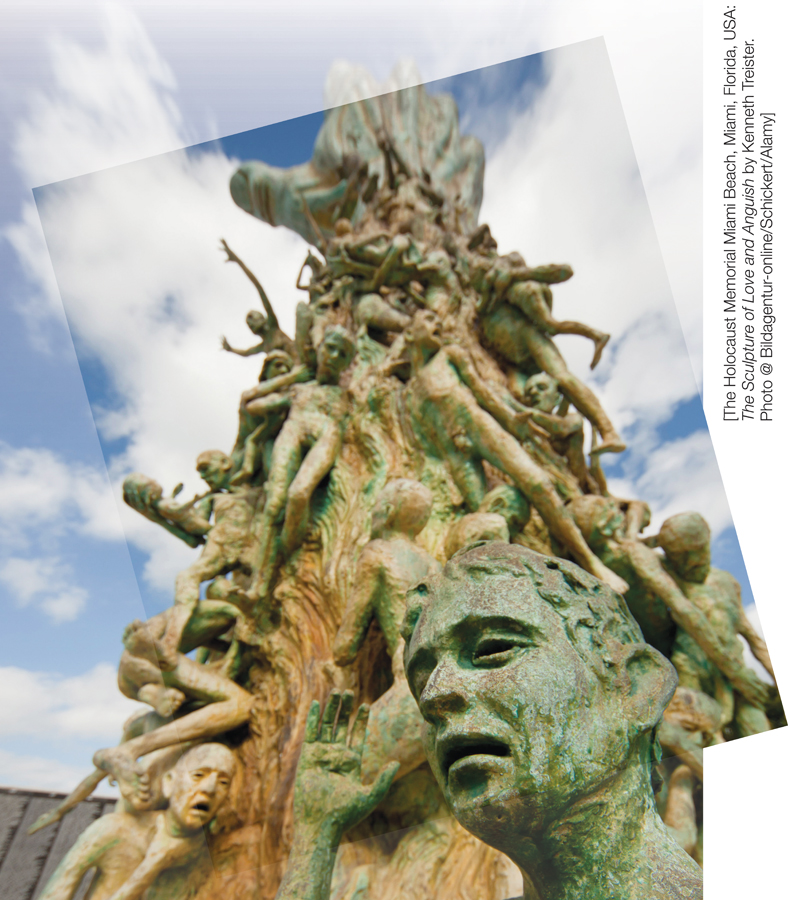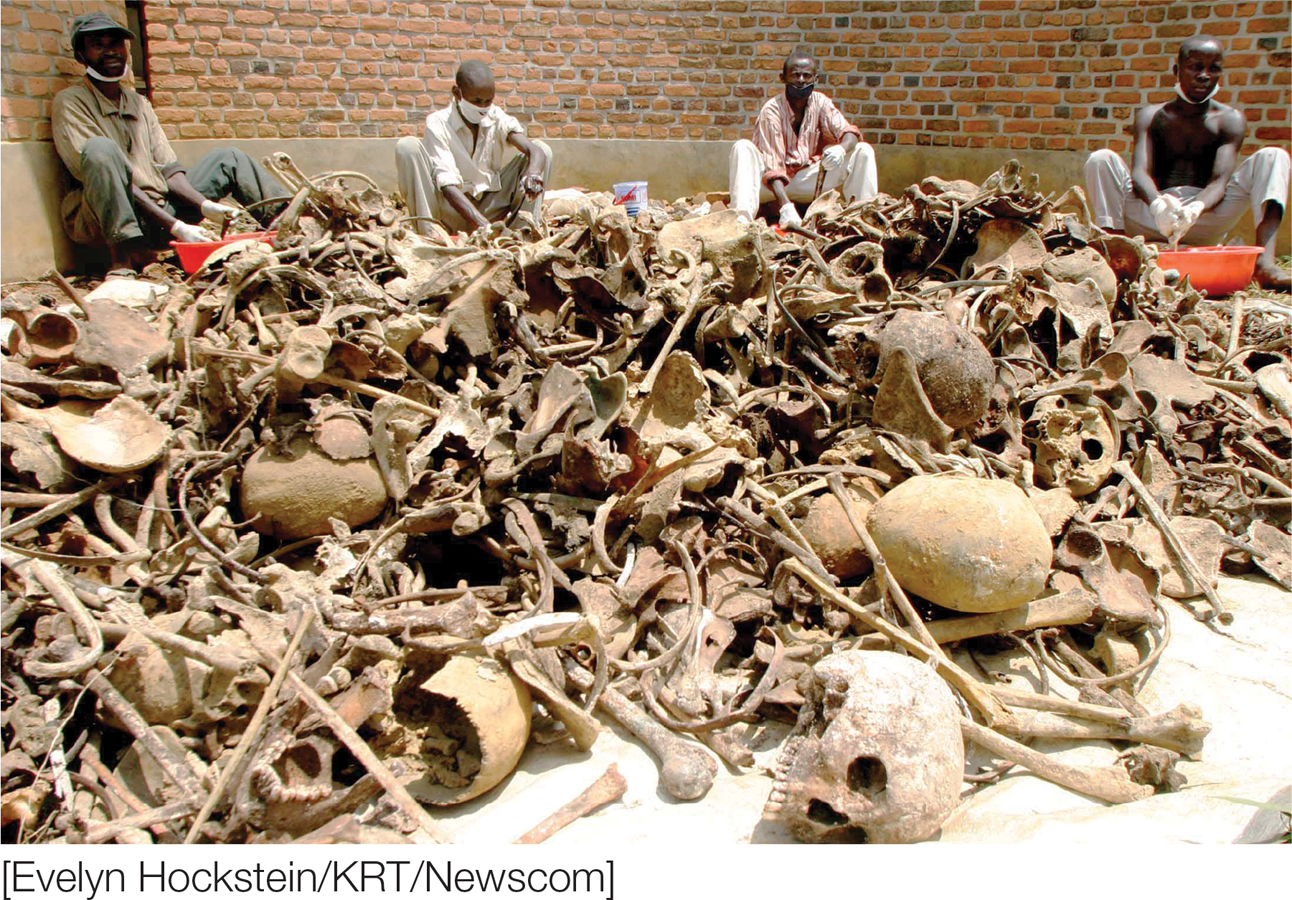Chapter Introduction
| CHAPTER | 10 |
Understanding Prejudice, Stereotyping, and Discrimination

348
349
TOPIC OVERVIEW
The Nature of Prejudice: Pervasiveness and Perspective
The Roots of Prejudice: Three Basic Causes
Hostile Feelings Linked to a Category
Ingroup Bias: We Like Us Better Than Them
Ethnocentrism, the Cultural Worldview, and Threat
Is Prejudice an Ugly Thing of the Past?

SOCIAL PSYCH OUT IN THE WORLD Do Americans Live in a Postracial World? Theories of Modern Prejudice
Implicit Prejudice
Stereotyping: The Cognitive Companion of Prejudice
Where Do People’s Stereotypic Beliefs Come From?

SOCIAL PSYCH AT THE MOVIES Gender Stereotypes in Animated Films, Then and Now Why Do We Apply Stereotypes?
How Do Stereotypes Come Into Play?
How Do Stereotypes Contribute to Bias?

The most persistent sound which reverberates through man’s history is the beating of war drums. Tribal wars, religious wars, civil wars, dynastic wars, national wars, revolutionary wars, colonial wars, wars of conquest and of liberation, wars to prevent and to end all wars, follow each other in a chain of compulsive repetitiveness as far as man can remember his past, and there is every reason to believe that the chain will extend into the future.
The 1994 genocide of Tutsis by Hutus in Rwanda is one of many tragic examples of prejudice in its most extreme form.
—Arthur Koestler, Janus: A summing up (1978, pp. 2–
In the last three chapters, we have emphasized what social beings we humans are. We live in families, tribes, and cultures. Our groups help us survive and provide our lives with structure. They give us bases of self-
Indeed, recorded history is riddled with the bloody consequences of a seemingly endless parade of oppression, persecution, colonization, crusades, wars, and genocides. And archeological evidence suggests these problems plagued our unrecorded earlier history as well. Lethal human violence fueled by intergroup conflict has been dated back at least to between 12,000 and 10,000 BC, when evidence suggests that a battle near Jebel Sahaba, Sudan resulted in 59 well-
350
In this chapter and the next one, we will explore the many reasons that history has been and continues to be such a nightmare of intergroup hatred and violence. In this first chapter we will focus on the nature and causes of prejudice and how stereotyping arises and affects the way people perceive and behave toward others. In the subsequent chapter, we will consider how prejudice, stereotyping, and discrimination affect those targeted by these biases. We will also consider ways in which we might hope someday to awaken from this nightmare to an egalitarian reality in which people treat each other fairly regardless of their differences.